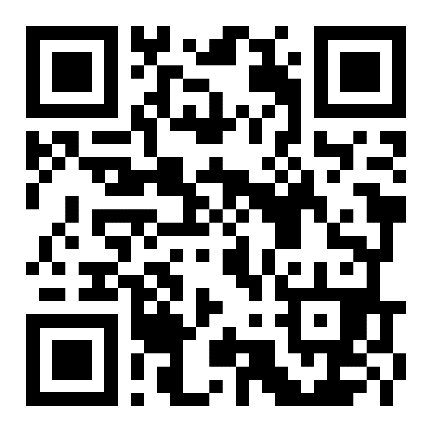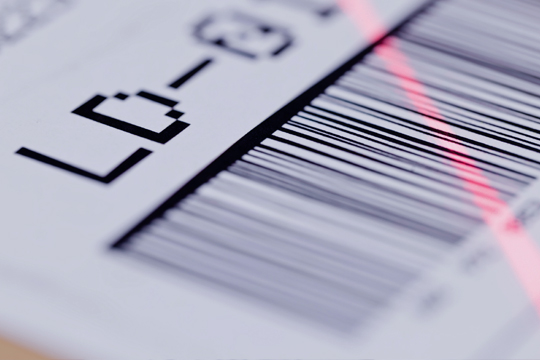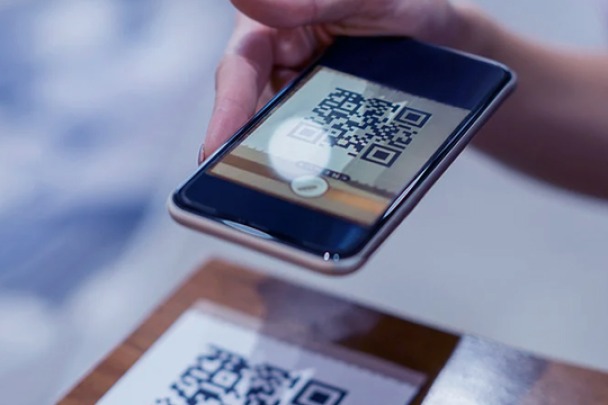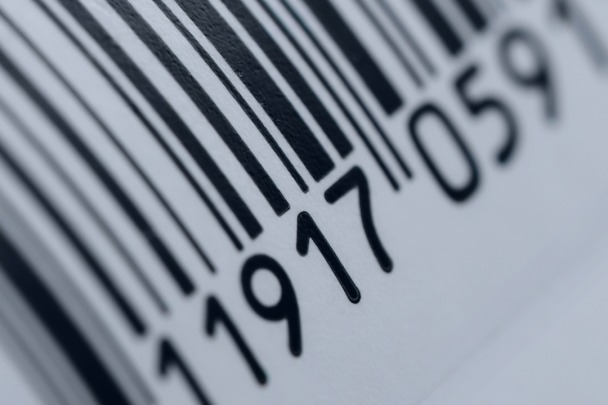QR codes are a type of 2D barcode that store various forms of data.
Easily readable by mobile devices, they are perfectly suited for consumer-facing applications as they can instantly connect users to online product information at the scan of a smartphone.
Thanks to the GS1 Digital Link standard, it’s now possible to include a GS1 identifier and a website link in a QR code. Aimed primarily at brand owners and manufacturers, this guide is designed to provide an overview of how to produce GS1 Digital Link barcode symbols for consumer products.
Before you can produce a GS1 powered QR code, you will need to have allocated Global Trade Item Numbers (GTINs) to your products, the link you want to send the user to and created the GS1 Digital Link structured data you want to encode. For more information on how to do this, see our How to create GS1 Digital Link URL guide.

A QR code encoded with the GS1 Digital Link URL https://id.gs1.org/01/05065006665023
Once you have allocated your GTINs and created your GS1 Digital Link Structured data, we recommend completing the following steps:
Consult an artwork or label design company
If you are already working with a design agency or packaging company to produce your labels, find out if they can generate QR codes for you. Many companies already have the software and capability to offer this service and, working with one that does, means that all you will need to do is provide them with your GS1 Digital Link structured data.
Work with an approved GS1 UK partner
If you don’t already have a label service provider that can help, there are a number of GS1 UK partners who offer barcode software and barcode generation services using GS1 standards.
Use a barcode image generator
There are a number of professional barcode software products available to buy through GS1 UK partners or other well-known outlets. These products tend to provide a lot of options that can help ensure your barcode is appropriate for your product.
There are also a number of QR code generators available online, many of which are free to use. However, these free-to-use options are often much more limited in terms of functionality than professional software.
Some websites that generate QR codes will take users to an unknown, and sometimes undisclosed, redirection website. In such cases, you may not know who is doing the initial redirection and what they are doing with the information they have obtained. To avoid costly errors, make sure the information contained within the QR code image you have created matches the URL you entered in the service provider’s tool.
Regardless of which option you select, we strongly recommend that you check your QR code by having it validated. GS1 UK offer a review service for new barcodes and will make sure that the correct symbol is being used and that the encoded data is compliant with the GS1 Digital Link standard.
See our checklist for success
While QR codes are typically a robust technology and easy to read with any smartphone, in some instances improper design can render them unscannable. To avoid the most common errors and scanning issues, we recommend you carefully consider our checklist for success in conjunction with the ISO standard 18004.
| Correct GTIN | Make sure that you have used the correct GTIN from your GS1 Global Company Prefix. If you are a GS1 UK member, you can refer to your allocated numbers in your GS1 UK Numberbank |
| The right barcode | Ensure the type of barcode you select is the best match for your specific use case. While GS1 Digital Link is data carrier agnostic, QR codes are the easiest way for consumers to access web content without needing to install an App. |
| Use the correct colours | It is important your QR codes have a good contrast between the dark and light areas of your symbol. Dark areas should use solid dark colours (black, blue, or colours that contain a very high proportion of black). Light areas should use bright and reflective colours (white or yellow). |
| Sensible location | Ensure your barcode is situated in a place that is easy to find and can be easily scanned. |
| Big enough symbol | The smaller the barcode, the more difficult it is find and scan. The QR code is not a GS1 standard so we cannot offer exact guidance at this stage, but would still recommend ensuring it is bigger than 12mm x 12mm. We also advise printing a sample and then testing it with both apple and android devices. |
| Print quality | Consider using a postscript to produce high quality printed images. Publishers prefer this format as it provides the highest possible quality of source file. |
For more detailed information on QR codes, refer to ISO 18004: Automatic identification and data capture techniques. QR Code bar code symbology specification.
Useful resources on our global website

GS1 Application Identifiers
See what data attributes you can add to your barcodes.
Get in touch
If you're interested in finding out more about how our standards can transform the way you connect with consumers, please submit your details below and a member of our team will soon be in touch.



